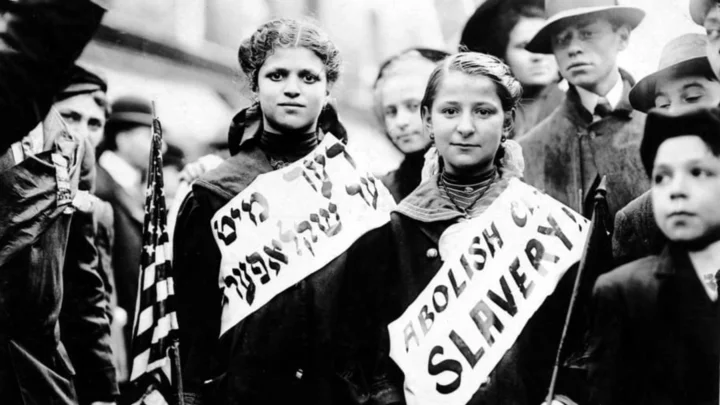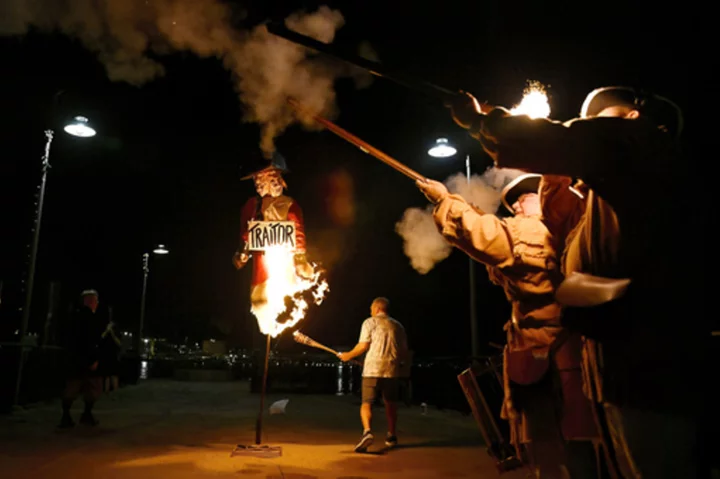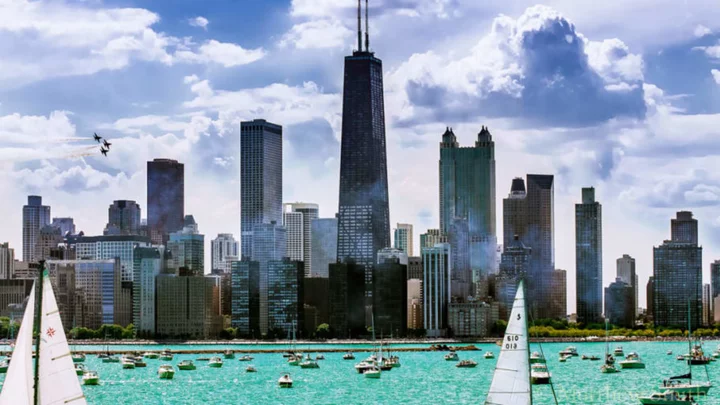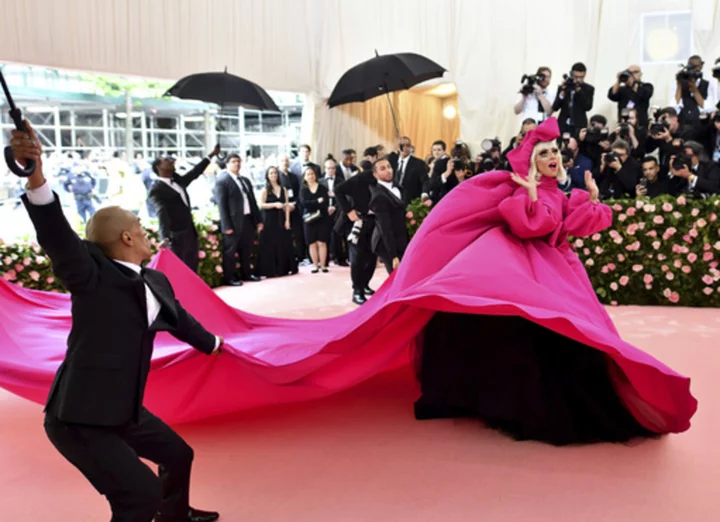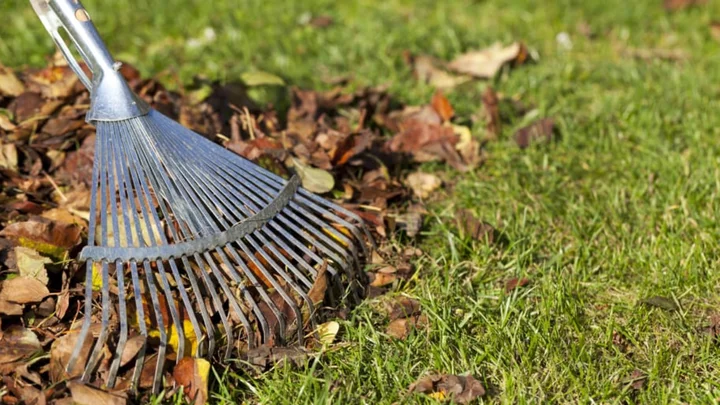For more than 125 years, Americans have celebrated Labor Day on the first Monday of every September—which means Labor Day falls on Monday, September 4, in 2023. But the origins of this holiday have been somewhat lost to time. Now it's seen as the unofficial end of summer (and hot dog season), the dreaded return to school for kids across the country, and a time to score a great deal on a mattress. But with more than a century of history to sift through, you'd be forgiven for not knowing about the holiday's roots. So from the true story of its beginnings to the final word on whether you can wear white afterward, here are eight facts about Labor Day.
1. The first Labor Day parade was held in New York City in 1882.
If you were a factory worker in the 1880s, you were probably toiling away at your job for an average of 60 hours a week, and it wasn't unheard of for textile laborers in New York to make only 75 cents a day, which was a paltry sum, even for the time. To bring attention to these unfair working conditions, labor organizers coordinated the first Labor Day parade on Tuesday, September 5, 1882.
Close to 10,000 people attended the parade, according to a New York Times article published on September 6, 1882. Marchers carried signs bearing slogans like “Eight Hours for a Legal Day’s Work” and “Less Hours and More Pay.” The New York Times called the demonstration “pleasant” and “orderly,” although it noted that the parade’s organizers expected closer to 30,000 or 40,000 laborers to show up and support the march.
2. The origins of Labor Day are still disputed.
Historians often credit Peter J. McGuire, co-founder of the American Federation of Labor, as the first to propose a holiday celebrating workers. According to the modern-day American Federation of Labor, McGuire brought up the idea in an 1882 meeting of the New York Central Labor Union, saying workers should lead a parade to “publicly show the strength and esprit de corps of the trade and labor organizations.”
But researchers from the New Jersey Historical Society suggest the true founder may have been someone else with a very similar name: Matthew Maguire, a machinist from New Jersey who led several strikes in the 1870s, and by 1882 had become the secretary for the New York Central Labor Union. In an 1894 editorial about the holiday, which President Grover Cleveland had just signed into law, a New Jersey newspaper said the honor should go to Maguire, the “undisputed author of Labor Day as a holiday.”
However, some historians suggest that labor organizers may have deliberately tried to cloud Maguire’s association with Labor Day’s origins, concerned that the holiday might become associated with his “radical” politics (he was a member of the Socialist Labor Party).
3. There’s a reason Americans celebrate Labor Day over May Day.
On May 1, 1886, 35,000 workers went on strike in Chicago as part of a larger organized labor protest across the country. For the first two days, the protests and demonstrations were peaceful, but by May 3, violence broke out between laborers and police during a protest at Chicago's McCormick Reaper Works factory, leaving several workers wounded or dead. The incident encouraged anarchist labor leaders to call for another protest the following day in Haymarket Square, where violence broke out again after police attempted to disband the crowd. At that point, an anonymous individual threw a bomb at the police, killing one officer at the scene. The police retaliated, and when all was said and done, seven officers and (at least) one civilian were killed in the chaos, and plenty more in the crowd were injured.
Following the riot, police arrested eight anarchist leaders on charges of conspiracy. Seven of the eight were convicted of murder and sentenced to death, despite the fact that six of the defendants weren’t even in Haymarket Square at the time the bomb was thrown. At the Second International Socialist Conference in 1889, members voted to celebrate May 1 as International Workers’ Day, often referred to as May Day, to commemorate the Haymarket affair. President Cleveland wanted to avoid the socialist and anarchist connotations of May Day, so when he established a holiday to celebrate America's workers, he chose the first Monday in September, calling back to previous traditions from New York's labor movement.
4. Oregon was the first state to make Labor Day an official holiday.
In 1887, Oregon became the first state to celebrate Labor Day as a legal holiday. In 1894, the rest of the United States followed suit when President Cleveland signed the holiday into law after political pressure created by his suppression of the Pullman Strike. Cleveland, aware he needed to appease the labor movement, pressed for nationwide recognition of the first Monday in September as Labor Day.
5. Canada’s Labour Day is also celebrated on the first Monday of September.
Prime Minister John Thompson signed Labour Day into law in 1894, the same year Cleveland declared it a national holiday in the U.S. Many labor unions that held successful events in the U.S, like the Knights of Labor, also had branches in Canada. Thompson was similarly motivated by mounting political pressure from labor activists, who organized several strikes to demand a nine-hour workday.
6. People once tried to make “Labor Sunday” a thing.
In 1909, the American Federation of Labor declared the Sunday before Labor Day “Labor Sunday”—an opportunity to reflect on the spiritual and educational parts of the labor movement. It never really took off among the general public, but some churches and religious organizations acknowledge the holiday during Sunday services.
7. There’s no good reason why you shouldn’t wear white after Labor Day.
You can ignore that age-old myth that you shouldn’t wear white after Labor Day—there’s nothing wrong with it, most fashion moguls say, and the “rule” has always been rather arbitrary. Instead, you should “wear what’s appropriate,” the Emily Post Institute says, “for the weather, the season, or the occasion.”
8. Labor Day is a dangerous day to be on the road.
Because so many people travel during Labor Day weekend (over 95 million are predicted to travel this year), roads tend to be much more crowded—and because of that, they're more dangerous. According to data from the Fatality Analysis Reporting System, the U.S. saw an average of 308 fatal car accidents per year during Labor Day weekends from 2011 to 2015. That’s second only to the average number of fatal accidents seen during Memorial Day weekend (approximately 312 per year).
This story was originally published in 2019; it has been updated for 2023.
This article was originally published on www.mentalfloss.com as 8 Facts About Labor Day.

